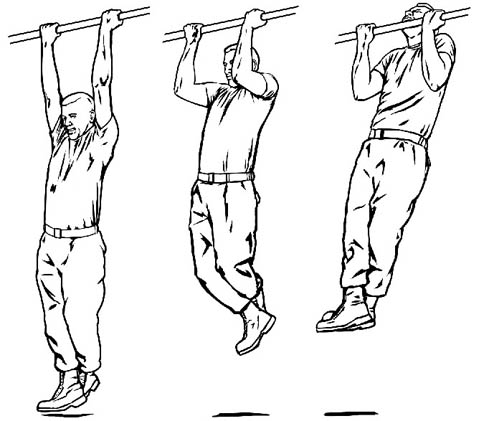Once in a while I discuss my latest medical condition, atrial fibrillation. Lately, things have been pretty quiet on that front. But, when you have a quiet baseline, you can start to see things stand out as problems. The suspects I have so far are all foods:
- Yerba Mate Tea- I was drinking this all day long every day, and when I discontinued it, my frequent episodes of a-fib stopped abruptly. This is the main culprit. It's my fault, I'm moderation-challenged.
- Dark Chocolate- When I had low blood sugar and indulged in some quality cacao I noticed some heart flutters. It makes sense, but it doesn't make me happy.
- Gluten- I don't eat grains much. However, when I wandered outside my Paleo corral I noticed immediate palpitations from sampling some pizza and eating even just a couple pieces of penne pasta. Crazy small amounts, and very noticeable.
- Black Tea- I'm still willing to experiment with this one. Once, when I tested out a new type of Indian tea that we picked up, I found my heart beating double time almost as soon as I had finished the mug. While it's a stimulant, that response was out of the norm.
- Alcohol- I consume moderate amounts of alcohol almost everyday, but haven't noticed problems consistently. I think my experiences with alcohol may be more related to gluten because beer was often the specific trigger.
Oddly, coffee doesn't make the list. I have two cups of coffee every morning and my sporadic episodes are never anywhere around that event. I did some reading on an A-Fib site today and discovered that coffee and caffeine have been noted as antiarrhythmic, and shown to improve arrhythmia. That's not true for everyone, but it seems to be true for me, as well as many others.
Blood Donation
I've always steered clear of blood donation because I don't particularly like the experience of having blood drawn. Does anyone? I have always felt like my 2-4 blood draws per year was enough of a "donation", although it lacked the altruism. Well, this year during the blood drive at my school I almost gave blood, but I wasn't too crazy about returning to my classroom with the possibility of feeling woozy. So, I put it off again...
I have heard that donating blood can reduce insulin resistance temporarily. I can hardly resist an experiment (yes, still lacking altruism). I don't really expect much, but I have the luxury of messing around with these things in the summer time. On Monday I'm going to donate blood and see what happens, if anything. I'll report my results, as long as I don't get turned away for a medical reason.
Do any of my T1 readers have anything to share about donating blood? Will I get an artificially low A1C? They say males might want to do it once in a while to keep the red blood cells fresh.
.JPG)













